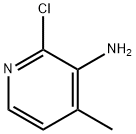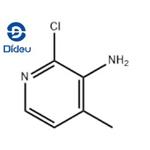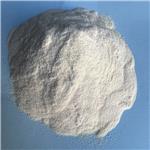Uses
3-Amino-2-chloro-4-methylpyridine, also known as CAPIC, is a key intermediate in the production of nevirapine, a non-nucleosidic reverse transcriptase inhibitor that has been established to be clinically useful for the treatment of infection by HIV-1.
Preparation
An improved and commercially valuable process is developed by Ge et al. for the scalable synthesis of 2-chloro-3-amino-4-methylpyridine (CAPIC), a key intermediate of Nevirapine. The synthesis was accomplished in four steps, featuring condensation starting from 4,4-dimethoxyl-2-butanone and cyanoacetamide with ammonium acetate and acetic acid as catalysts. Specifically, a stirred solution of NaOH (15.6 g, 0.39 mol) and water (85 g) at 10 ℃ was added, 10% NaClO (96.8 g, 0.13 mol) and ethanol (80 g). 2-Chloro-3-amido-4- methylpyridine 7 (22 g, 0.13 mol) was added to the reaction mixture, stirring for 1 h. The mixture was heated to 60 ℃ and held for 3 h. After ethanol was removed in a vacuum, the mixture was cooled with an ice-water bath for 15–20 min to precipitate solid. Then, the mixture was filtered, washed with water, and dried to give 15.8 g (85.1% yield) of light yellow solid. 14.7 g of the white solid 2 was obtained via recrystallization in toluene.








